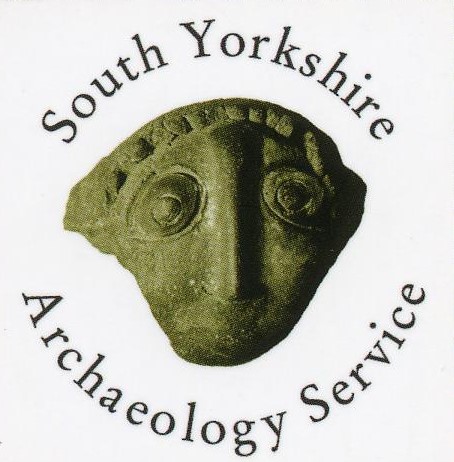Bower Spring Furnaces
Location/Address
Bower Spring, Sheffield
Type
Other site, structure or landscape
Assets that cannot fit any of the other categories. This category includes sites of archaeological interest, where the original form and function may not be apparent without the use of archaeological techniques and interpretation.
Description
Preserved remains of furnaces associated with the former Franklin Works, and part of the same works complex as the Scheduled Bower Spring cementation furnace.
Statement of Significance
Asset type
Archaeological siteAge
c.1828-1858 The extent of remains is defined by the roughly triangular area between Bower Spring, Shalesmoor, and edge of the scheduled area containing remains of Bower Spring Cementation Furnace.Rarity
The remains at the site were curated for preservation in situ as contemporary and functionally related remains associated with the Scheduled remains of Bower Spring Cementation Furnace. Cementation furnaces were introduced into Sheffield in the early eighteenth century, with over 200 present by 1860, with crucible furnaces developing later in eighteenth century. By the 19th century Sheffield was producing thousands of tons of crucible steel. The severe decline of the metal trades industries in the late twentieth century resulted in the demolition of large numbers of its associated buildings. Very few cementation furnaces now remain, with the two best preserved standing examples in Sheffield statutorily designated (situated at Bower Spring & Doncaster Street). Around eighteen crucible furnaces are known to survive as standing structures, of which many are listed. Buried remains of these have been subject to great loss owing to subsequent redevelopment on former industrial sites within Sheffield.Group Value
Research has confirmed that cementation and crucible furnaces were particularly associated with Sheffield and environs, with innovation and development of the technology directly contributing to the city's international pre-eminence of reputation in the manufacturing of quality metal goods. The survival of steel making structures here, including the exceptional upstanding remains of the now scheduled Bower Spring Cementation Furnace, preserves evidence of this important technology and forms part of an important curated group of remains across the city that warranted preservation in situ.Historic Interest
Steel making at the site was developed c.1825-8 by Thomas Turton as part of the Franklin Works (later known as Bower Spring Works) and passed to Moss and Gamble 'merchants and manufacturers of steel, files, saws, tools &co.' about 1853. The production of crucible steel at the works is recorded in the 1858 travel journal 'A Month in Yorkshire' in which the author describes the process of sorting, preparing and melting blister steel (produced in cementation furnaces) within a crucible furnace; the production of the crucible pots in an 'underground chamber'; and the casting of the steel. Following the Great Flood of 1864 Moss and Gamble claimed, amongst other things, for the rebuilding of 8 holes of a melting (crucible) furnace, and repairing of another 12. The excavations in 2003-7 recorded two crucible furnaces, each of ten holes, connected by a cellar. The south-eastern of these furnaces was preserved in situ (centred SK3526087923).Archaeological Interest
The remains at Bower Spring include a surviving wall with scars from a cementation furnace and associated buried remains, including remains of a crucible furnace with melting holes and cellar, and associated structural remains relating to wider operations at the steelworks. Together these provide evidence of the full steel making process. Associated industrial residues will preserve evidence of the nature of steel production and processing here.Images and Documents
Date Listed
18 Sep 2023
Last Updated
10 Jun 2023
Comments and Feedback
Do you have any questions or more information about this record?






